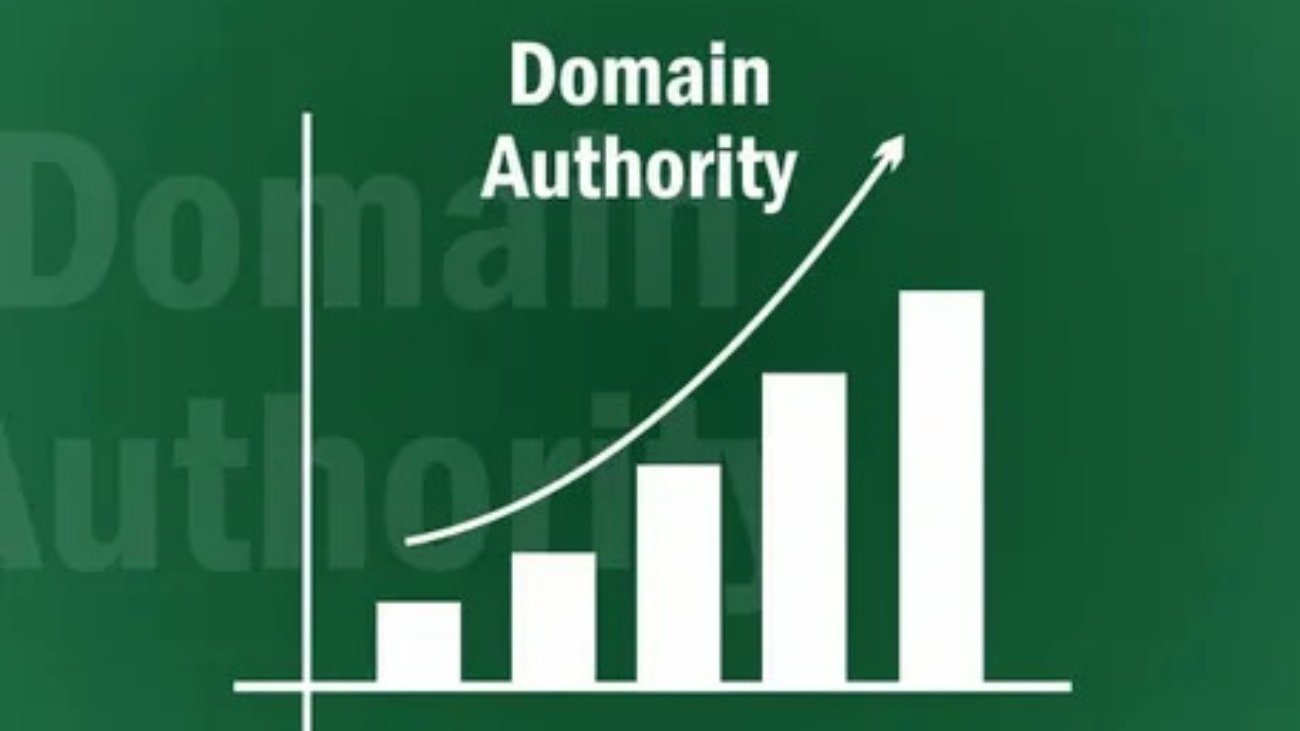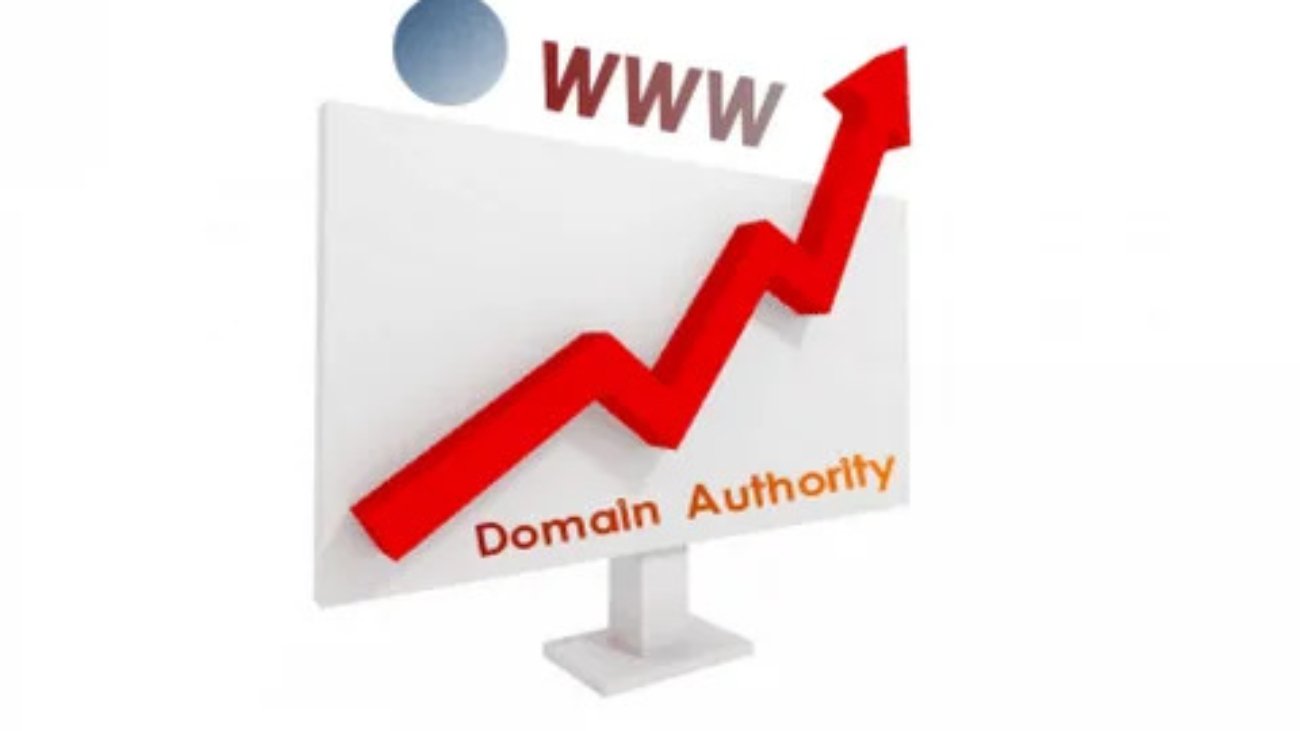The Truth About Domain Authority: Does It Still Matter?
In the fast-changing world of online marketing, one question persists to garner heated discussion amongst SEO experts: Does Domain Authority (DA) remain relevant in 2025? As algorithms become increasingly sophisticated and user experience becomes a leading ranking signal, it’s understandable to query whether metrics crafted a decade ago are still valid.
Domain Authority, a metric developed by Moz, has existed for some time to estimate the probability of a site appearing in search engine result pages (SERPs). But with Google’s regular algorithm updates and increasing emphasis on quality content and user signals, is DA still an accurate determinant of SEO strength?
Let’s break down the reality of Domain Authority, its modern-day function in contemporary SEO, and how you can use or disregard it to achieve best online results.
What Is Domain Authority (DA)?
Domain Authority is a search engine ranking score that ranges from 1 to 100, with higher scores indicating a greater likelihood of ranking. Developed by Moz, DA is calculated based on multiple SEO signals, including:
-
The number of total backlinks
-
The quality of linking root domains
-
The relevance and authority of referring websites
-
Site structure and internal linking
-
MozRank, MozTrust, and spam score
While Google does not use DA as a ranking factor, Domain Authority remains widely used by marketers, agencies, and SEO tools to assess the potential strength of a website in organic search.
Why DA Became Popular in SEO
When Moz launched the Domain Authority metric, it quickly filled a void. SEO professionals needed a reliable way to estimate how likely a website was to perform well in search results. At the time, backlinks were the single most important ranking factor, and DA provided a convenient, easy-to-understand score to track progress.
Domain Authority gradually grew into a de facto standard over the years. It was applied in assessing link-building opportunities, ascertaining the success of SEO campaigns, and even determining the strength of competitors. Consequently, DA had become a favorite tool among SEO reports, outreach techniques, and content marketing audits.
What Domain Authority Is NOT
Many misunderstand what Domain Authority represents. So let’s clarify what DA is not:
-
DA is not a Google metric Google does not use DA to rank websites.
-
DA is not a direct ranking factor It’s a predictive metric, not a definitive signal.
-
DA is not an indicator of individual page performance That’s what Page Authority (PA) is for.
-
DA is not static It changes over time based on algorithm updates and your site’s evolving link profile.
Understanding these limitations helps you avoid misusing or overestimating the importance of DA in your strategy.
Pros of Using Domain Authority in 2025
Despite its limitations, Domain Authority remains relevant in the right context. Here’s how:
1. Competitive Benchmarking
DA allows you to compare your website with competitors to see how your link profile stacks up. If your competitors have a DA of 60+ and yours is 30, it’s a clear signal that you need to build more authority.
2. Backlink Prospecting
SEO professionals often use DA to evaluate whether a website is worth reaching out to for backlinks or guest posts. Sites with high DA scores tend to have more influence and better link equity.
3. Client Reporting
When managing SEO for clients, showing a gradual increase in DA provides a tangible metric to demonstrate progress especially for link-building campaigns.
4. Partner Credibility
Affiliates, sponsors, and advertisers often check a site’s DA to assess digital credibility before forming partnerships.
Common Misconceptions About Domain Authority
DA is commonly misunderstood. Here are the top myths debunked:
Myth 1: A High DA Guarantees Better Rankings
Not true. Google’s algorithm is far more nuanced. A page on a lower-DA site can outrank a high-DA competitor if it better matches the search intent and delivers quality content.
Myth 2: Increasing DA Should Be the Primary SEO Goal
Focusing solely on raising your DA may cause you to neglect other critical ranking factors like content optimization, technical SEO, or user experience.
Myth 3: Buying Links from High-DA Sites Guarantees SEO Success
While high-DA backlinks are valuable, context and relevance matter more. Buying links without vetting their source can hurt your credibility and even lead to penalties.
The Real Drivers of SEO in 2025
If DA is not a direct ranking factor, what should you focus on instead?
1. Search Intent & User Experience
Google prioritizes content that fulfills user intent. This includes clarity, relevance, depth, and engagement.
2. Topical Authority
Rather than scattered content, Google prefers websites that dive deep into specific topics, showcasing subject matter expertise.
3. Page Speed and Mobile Optimization
Google continues to emphasize Core Web Vitals, meaning your site must load fast, perform smoothly, and be mobile-friendly.
4. Content Originality
Generic content won’t cut it. You need unique insights, updated data, and content that stands out.
5. E-E-A-T (Experience, Expertise, Authoritativeness, Trustworthiness)
Especially for health, finance, or legal topics (YMYL content), establishing your credibility is crucial.
How to Use DA Effectively (Without Overreliance)
Here’s how smart SEOs use Domain Authority:
✅ As a Benchmark, Not a Goal
Track your Domain Authority to monitor progress and compare against industry standards, but don’t treat it as the end goal.
✅ As Part of a Multi-Metric Strategy
Use DA alongside other KPIs like organic traffic, bounce rate, dwell time, and keyword rankings for a holistic SEO view.
✅ To Evaluate Link Opportunities
When building links, prioritize relevant, high-DA sites but also ensure content relevance and editorial value.
✅ To Audit Link Quality
Check if new backlinks are actually improving your DA score or contributing to your spam score. Tools like Moz and Ahrefs help track this.
How to Improve Domain Authority Naturally
If you want to grow your DA score, focus on sustainable strategies:
🟢 Build High-Quality Backlinks
Pursue links from authoritative sites through:
-
Guest blogging
-
PR mentions
-
HARO (Help A Reporter Out)
-
Podcast features
-
Resource page inclusion
🟢 Publish Link-Worthy Content
Create assets people want to link to:
-
In-depth guides
-
Original research or surveys
-
Infographics and tools
-
Comprehensive listicles
🟢 Fix Technical SEO Issues
Ensure your website is crawlable, fast-loading, and mobile-optimized.
🟢 Internal Linking Strategy
Build a strong internal link structure to pass equity across pages and help search engines understand your site hierarchy.
🟢 Monitor and Disavow Toxic Links
Use Google Search Console to identify spammy backlinks and disavow them to maintain a healthy domain.
Is Domain Authority Still Relevant in 2025?
Yes, but with caveats.
Domain Authority is still relevant as a third-party comparative tool for evaluating your site’s link profile and authority. It provides useful insights for SEO audits, backlink analysis, and competitive benchmarking.
However, it is not a Google ranking signal and should not be pursued at the expense of quality content, user experience, or ethical SEO practices.
Final Thoughts: The Truth About Domain Authority
The truth is, Domain Authority is not dead but it’s not king either.
In 2025, DA is best viewed as a supporting metric that helps you understand your site’s SEO standing relative to competitors. It gives you a bird’s-eye view of your domain’s authority but doesn’t replace the fundamentals of great SEO: content, user experience, relevance, and trust.
If you focus on what truly matters in SEO meeting user needs, solving problems, and earning trust your DA will naturally rise over time. Use it wisely, not obsessively.

